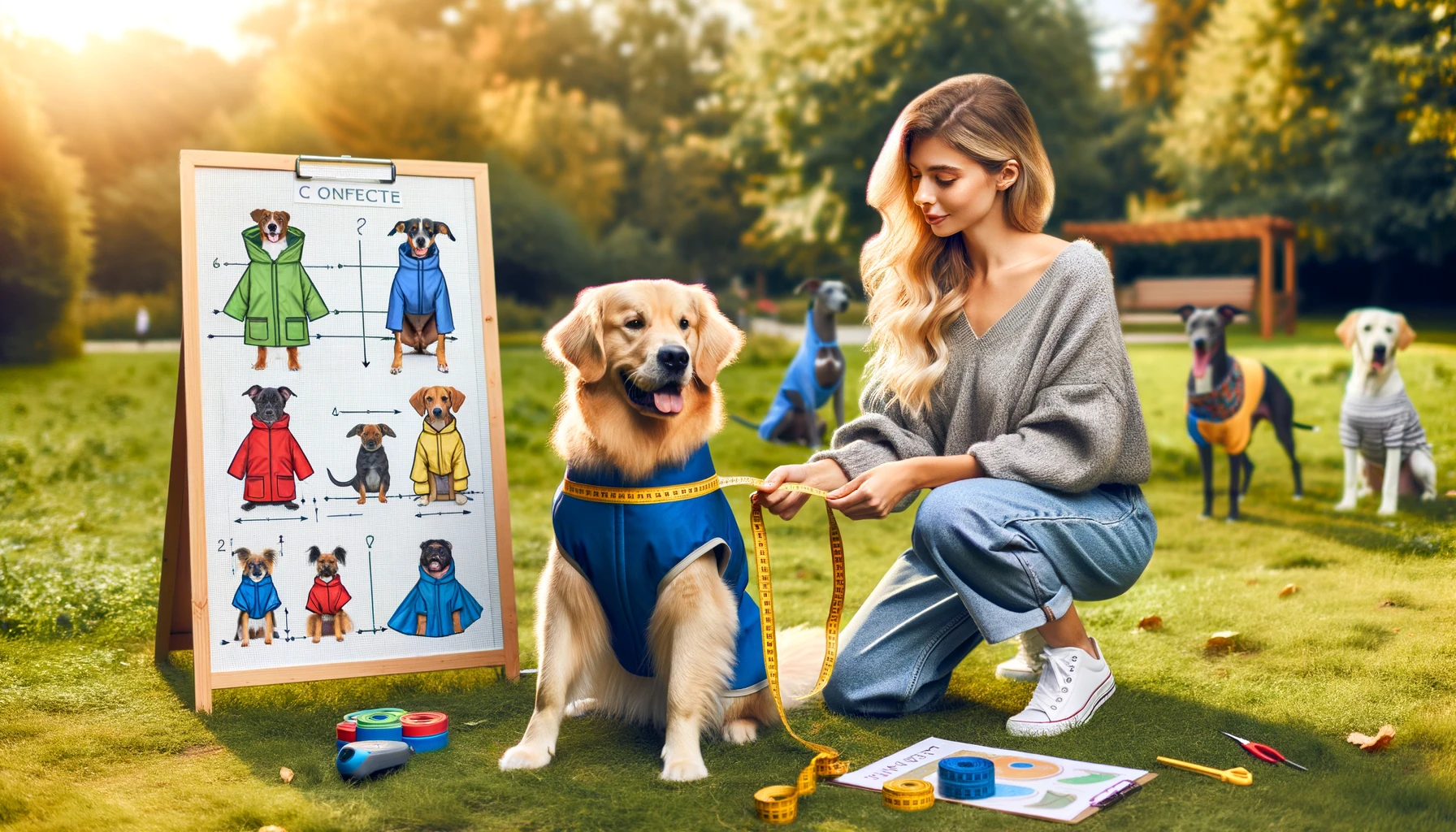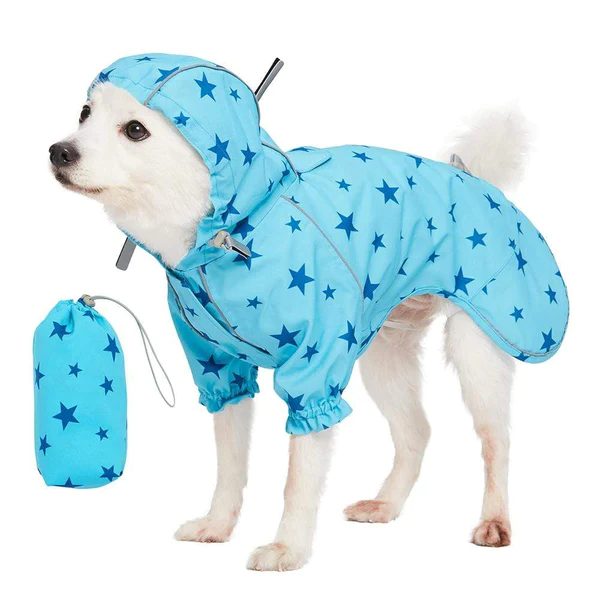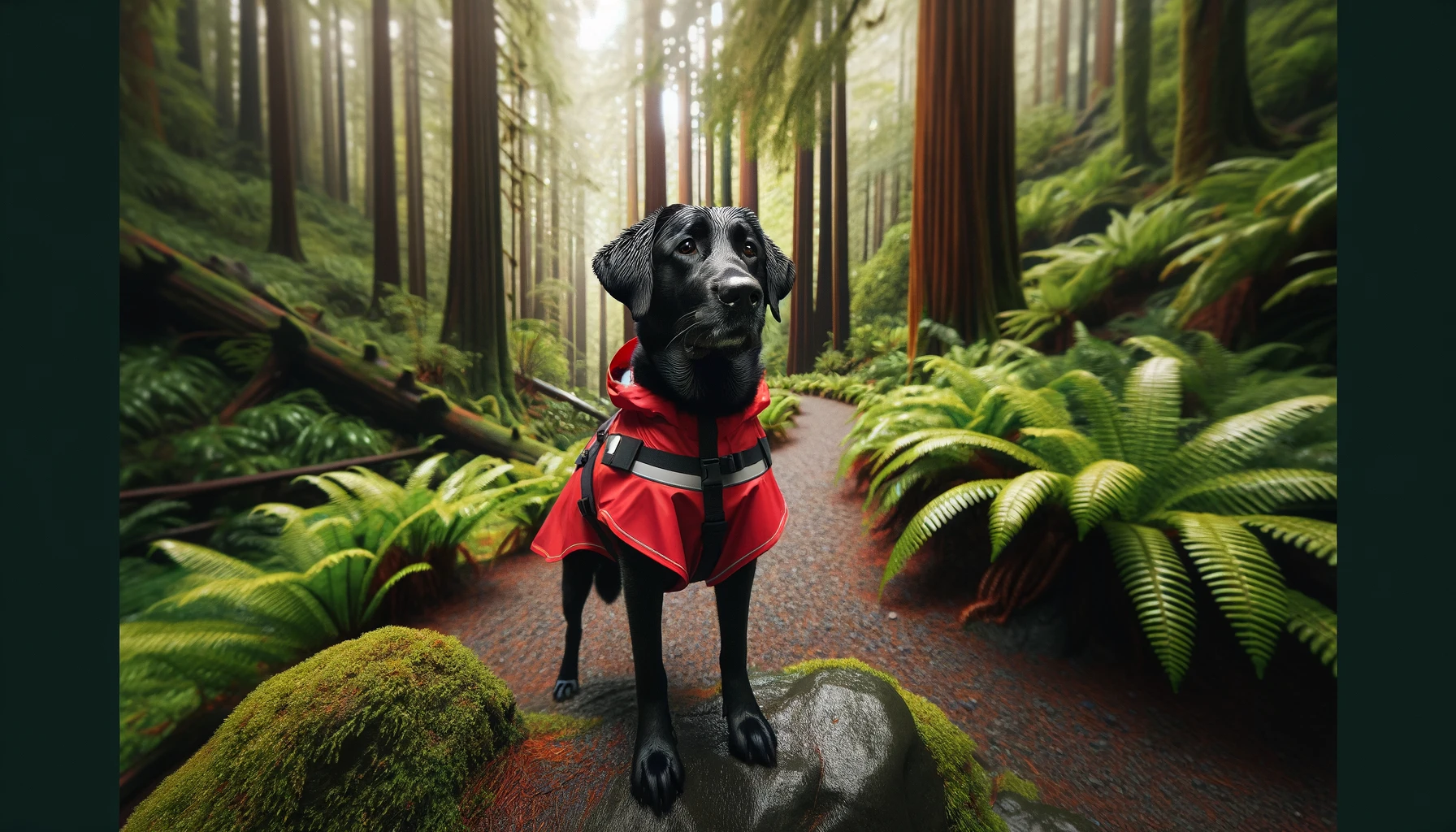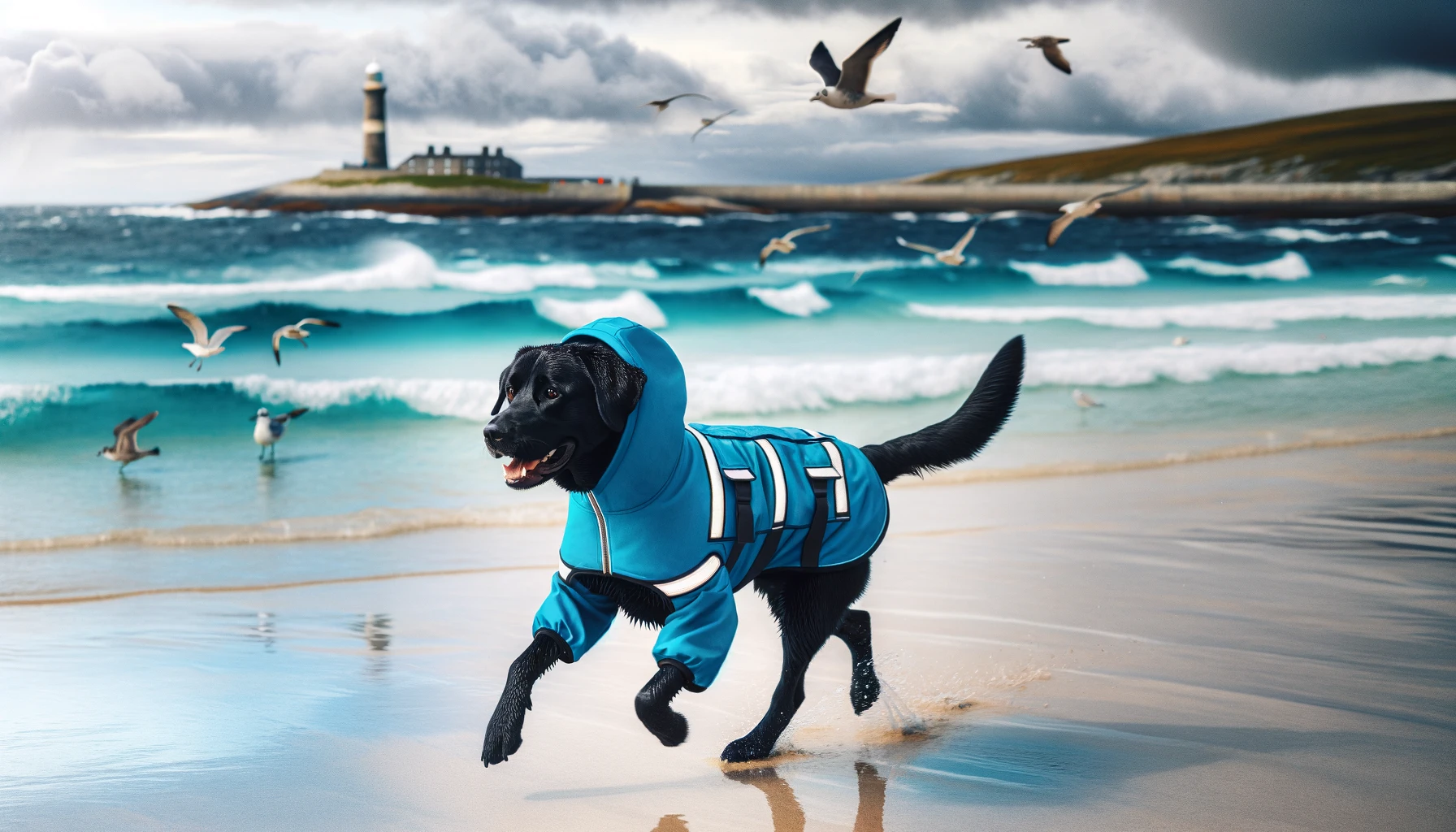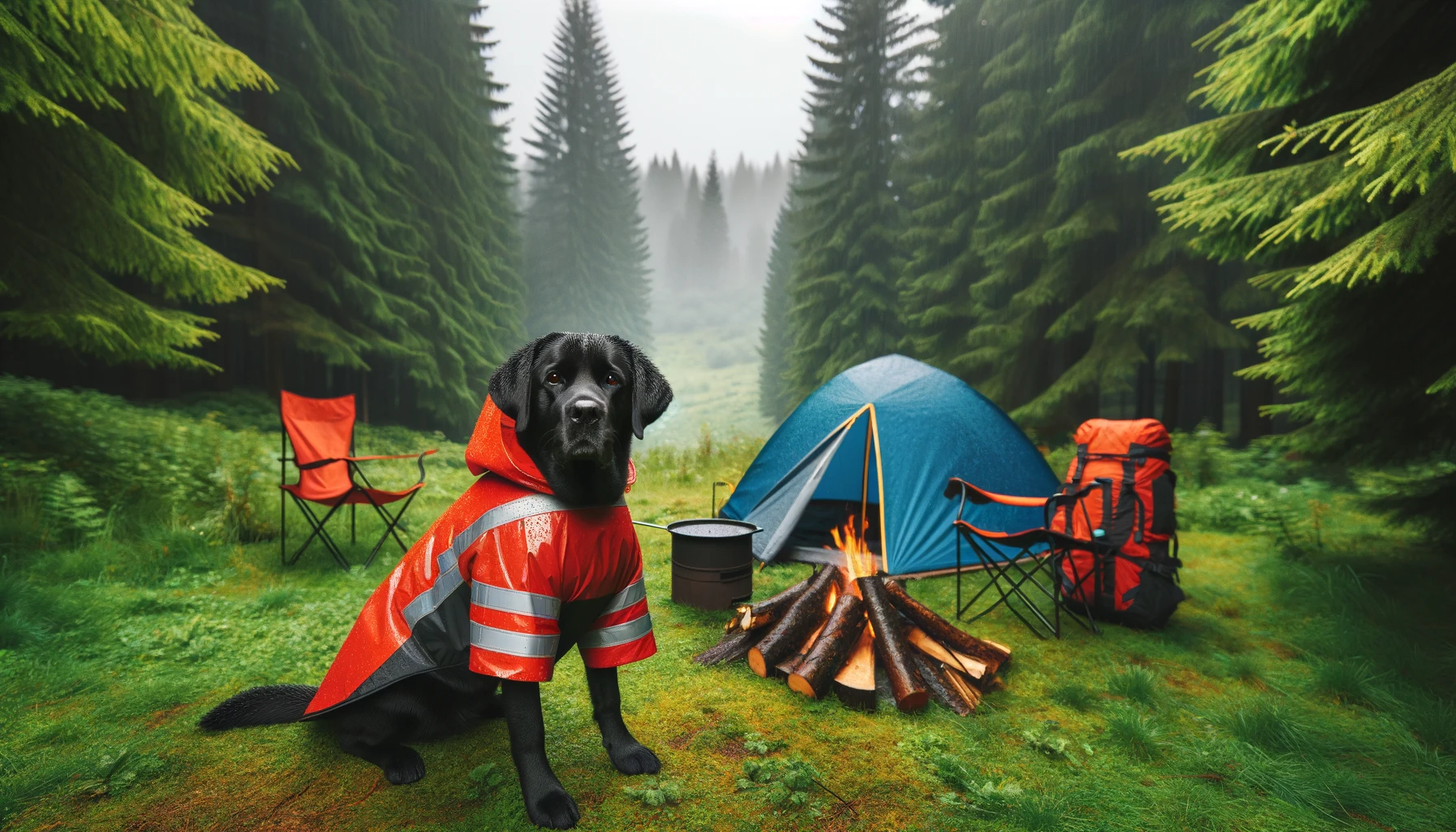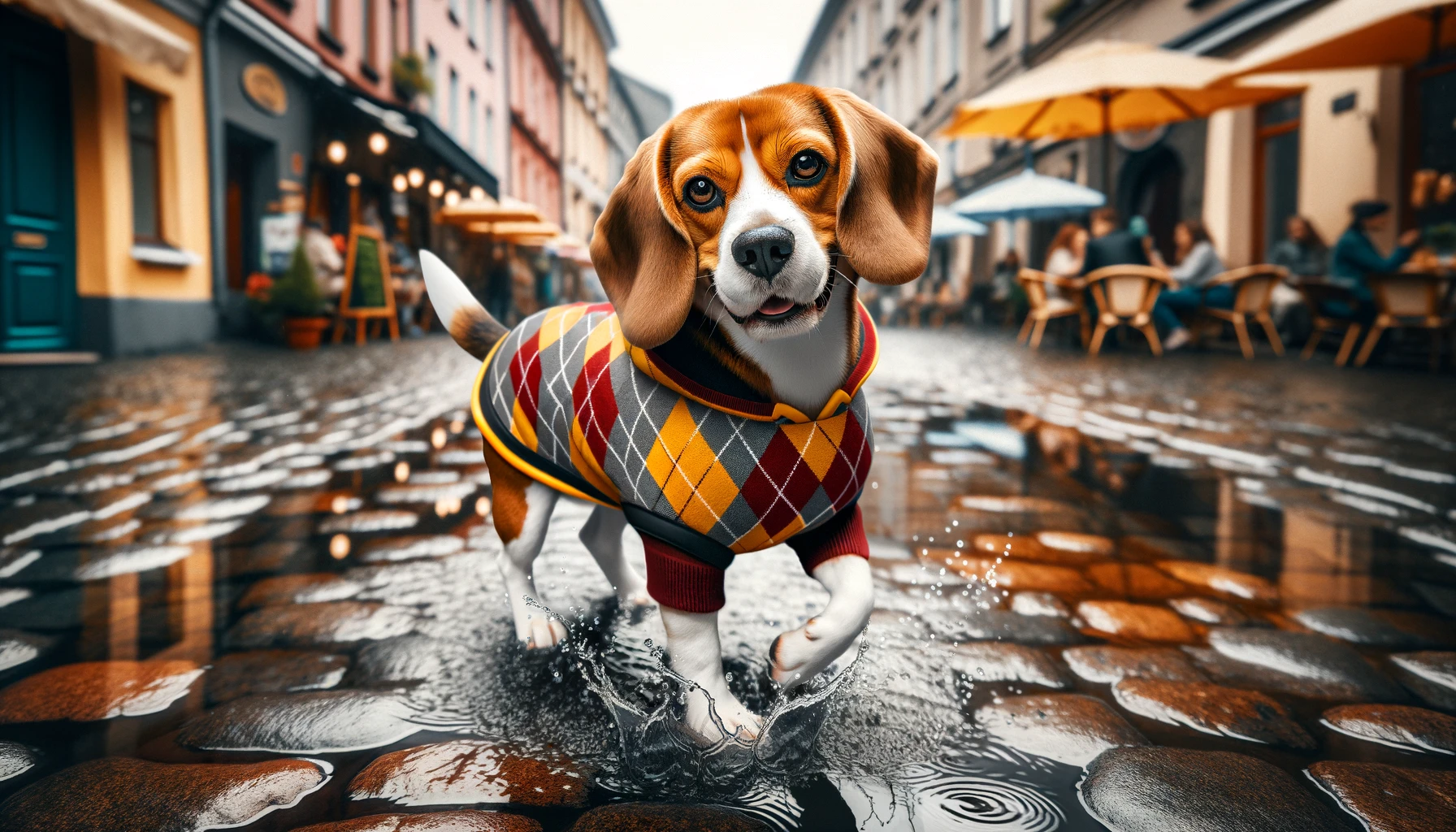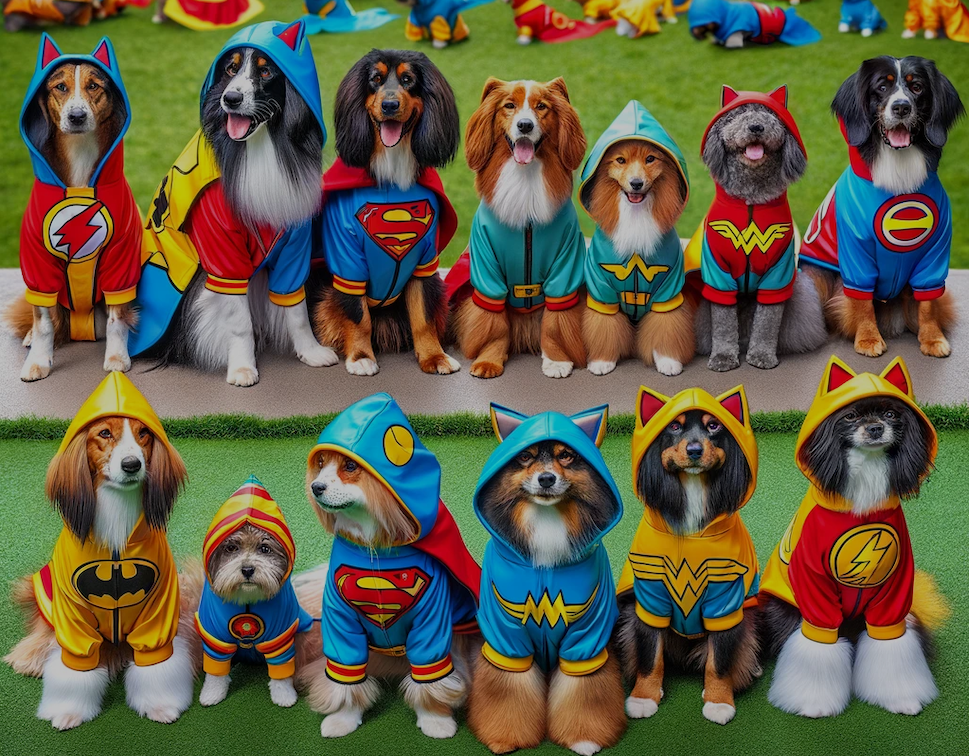When it comes to keeping your furry friend dry and comfortable during wet weather, a well-fitted raincoat is essential. However, finding the perfect fit can be a challenge, especially with the wide variety of breeds and sizes out there. In this comprehensive guide, we’ll walk you through the process of measuring your dog for a raincoat, ensuring that you select the best possible option for your pooch. We’ll cover the importance of a proper fit, key measurements to take, factors to consider when choosing a raincoat, common mistakes to avoid, and tips for a perfect fit and easy adjustment. By the end of this article, you’ll be equipped with the knowledge and tools necessary to keep your dog dry, comfortable, and safe during rainy adventures.
Why a Proper Fit Matters: Comfort, Safety, and Effectiveness
A properly fitted raincoat is crucial for your dog’s comfort and safety during wet weather. Not only does it keep your furry friend dry, but it also ensures their freedom of movement and visibility. A poorly fitted coat can cause discomfort, restrict movement, or even pose a choking hazard, which can be particularly dangerous for active dogs who enjoy running and playing in the rain.
Moreover, a well-fitted raincoat enhances visibility, reducing the risk of accidents in low-light conditions. Many raincoats come equipped with reflective details, such as stripes or patches, which help make your dog more visible to drivers and other pedestrians during early morning or evening walks. This added visibility can be a lifesaver, especially in areas with heavy traffic or limited lighting.
In addition to comfort and safety, a properly fitted raincoat is also more effective at keeping your dog dry. A coat that is too large may allow water to seep in through gaps or openings, while a coat that is too small may not provide adequate coverage, leaving parts of your dog’s body exposed to the elements. By ensuring a proper fit, you can maximize the raincoat’s effectiveness and keep your dog dry and comfortable, even in the heaviest of downpours.
Key Measurements for the Perfect Raincoat Fit
To ensure the perfect fit, you’ll need to take three key measurements: length, chest girth, and neck girth. These measurements will help you select a raincoat that is tailored to your dog’s specific size and shape, ensuring maximum comfort and protection.
- Length: To measure your dog’s length, start at the base of the neck and measure along the spine to the base of the tail. This measurement will help you determine the appropriate length of the raincoat, ensuring that it covers your dog’s back without hindering movement or bathroom breaks. It’s important to note that some breeds, such as Dachshunds or Corgis, may require a longer coat to accommodate their elongated bodies.
- Chest Girth: Chest girth is the measurement around the widest part of your dog’s chest, just behind the front legs. To measure chest girth, wrap a measuring tape around your dog’s chest, making sure to keep it snug but not too tight. Use the ‘two-finger rule’ to ensure a comfortable fit – you should be able to easily slip two fingers between the measuring tape and your dog’s body. This measurement will help you select a raincoat that is neither too tight nor too loose, allowing for easy movement and breathability.
- Neck Girth: Neck girth is the circumference of your dog’s neck where the collar sits. To measure neck girth, wrap a measuring tape around your dog’s neck, again using the ‘two-finger rule’ to ensure a comfortable fit. This measurement is crucial for selecting a raincoat that won’t chafe or rub against your dog’s neck, which can cause discomfort and irritation.
When taking these measurements, it’s important to ensure that your dog is standing upright and still. Encourage your dog to stand by offering treats or having a helper gently hold them in place. Avoid taking measurements while your dog is sitting or lying down, as this can result in inaccurate numbers and an ill-fitting raincoat.
Choosing the Right Raincoat: Factors to Consider
Now that you have your dog’s measurements, it’s time to start shopping for the perfect raincoat. However, with so many options available, it can be overwhelming to know where to start. Here are some key factors to consider when selecting a raincoat for your furry friend:
- Breed and Size: Different breeds have unique body shapes that may require specific styles or sizes of raincoats. For example, breeds with broad chests, such as Bulldogs or Pit Bulls, may need a coat with a wider chest panel, while breeds with long bodies, such as Dachshunds or Corgis, may require a longer coat to ensure adequate coverage. Consider your dog’s specific breed and size when selecting a raincoat to ensure the best possible fit.
- Climate and Weather: The type of raincoat you choose will depend largely on the climate and weather conditions in your area. If you live in a region with heavy rainfall, you’ll want to opt for a fully waterproof coat that can withstand prolonged exposure to the elements. On the other hand, if you live in a milder climate with occasional showers, a water-resistant coat may suffice. If you live in a colder climate, consider a raincoat with added insulation to keep your dog warm and dry during chilly, wet weather.
- Material and Design: When it comes to raincoats, not all materials are created equal. Look for coats made from high-quality, water-resistant or waterproof materials, such as polyester or nylon. Some coats may also feature a DWR (durable water repellent) coating, which helps to shed water and keep your dog dry. In addition to material, consider the coat’s design features, such as adjustable straps, belly wraps, and reflective details. These features can help to ensure a secure and comfortable fit, while also enhancing your dog’s visibility in low-light conditions.
- Leash or Harness Compatibility: If your dog wears a harness or requires a leash attachment, it’s important to choose a raincoat that accommodates these accessories. Some raincoats feature built-in harness holes or leash slits, allowing you to easily attach a harness or leash without compromising the coat’s ability to keep your dog dry. If you opt for a coat without these features, make sure to choose a size that allows for easy access to your dog’s harness or collar, ensuring a secure and comfortable fit.
Common Mistakes to Avoid
Even with the best intentions, it’s easy to make mistakes when choosing a raincoat for your dog. Here are some common pitfalls to avoid:
- Incorrect Sizing: One of the most common mistakes pet owners make is choosing a raincoat that is either too small or too large for their dog. A coat that is too tight can restrict movement and cause discomfort, while a coat that is too loose can become tangled or caught on objects, posing a safety risk. Always refer to the manufacturer’s sizing chart and take accurate measurements to ensure the best possible fit.
- Ignoring Breed and Coat Type: Another common mistake is failing to consider your dog’s breed and coat type when selecting a raincoat. Different breeds have different coat types and thicknesses, which can affect how well a raincoat fits and functions. For example, breeds with thick, double coats, such as Huskies or German Shepherds, may not require as much insulation as breeds with thin, single coats, such as Greyhounds or Chihuahuas. Similarly, breeds with short legs, such as Corgis or Basset Hounds, may require a coat with a longer length to ensure adequate coverage and protection.
- Not Considering Material and Design: When shopping for a raincoat, it’s easy to get caught up in aesthetics and overlook the importance of material and design. However, choosing a coat made from inferior materials or with poor design features can compromise your dog’s comfort and safety. Always opt for high-quality, water-resistant or waterproof materials, and look for design features that enhance comfort, security, and visibility.
Tips for a Perfect Fit and Easy Adjustment
Now that you know what to look for and what to avoid when choosing a raincoat for your dog, here are some tips to help ensure a perfect fit and easy adjustment:
- Always refer to the manufacturer’s size guide: Sizing can vary between brands, so it’s important to always refer to the manufacturer’s size guide when selecting a raincoat. If your dog falls between sizes, opt for the larger size to ensure a comfortable fit.
- Introduce the raincoat gradually: Some dogs may be hesitant or anxious about wearing a raincoat for the first time. To help your dog adjust, introduce the coat gradually, using treats and positive reinforcement to create a positive association. Start by letting your dog sniff and investigate the coat, then drape it over their back for short periods of time, gradually increasing the duration until they are comfortable wearing it for extended periods.
- Consider adjustable features: If your dog has unique measurements or is difficult to fit, consider a raincoat with adjustable features, such as straps or drawstrings. These features allow you to customize the fit to your dog’s specific size and shape, ensuring maximum comfort and protection.
- Opt for custom-made coats: If you have a hard-to-fit dog or simply want the best possible fit, consider investing in a custom-made raincoat. Many manufacturers offer custom sizing options, allowing you to provide your dog’s exact measurements for a tailored fit. While custom-made coats may be more expensive than off-the-rack options, they can be a worthwhile investment for dogs who spend a lot of time outdoors in wet weather.
Conclusion
Measuring your dog for a raincoat may seem like a daunting task, but with the right knowledge and tools, it’s a simple and straightforward process. By taking accurate measurements, considering your dog’s breed and coat type, and selecting a high-quality, well-designed coat, you can ensure that your furry friend stays dry, comfortable, and safe during rainy adventures.
Remember, a well-fitted raincoat is an investment in your dog’s health and happiness. By taking the time to find the perfect fit, you’re not only keeping your dog dry and comfortable, but you’re also showing them how much you care about their well-being.
So, the next time you and your furry friend head out for a walk in the rain, you can do so with confidence, knowing that they are protected by a raincoat that fits like a glove and keeps them dry and happy, no matter what the weather brings.
Additional Resources
- How to Measure Your Dog for a Coat – PetMD
- Choosing the Right Raincoat for Your Dog – American Kennel Club
- The Best Dog Raincoats for Every Kind of Dog – Rover.com
Citations:
[1] https://ppl-ai-file-upload.s3.amazonaws.com/web/direct-files/4917992/fc2dae28-ed55-4852-b62a-ea54e047f56a/paste.txt

